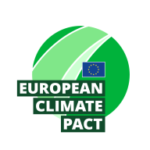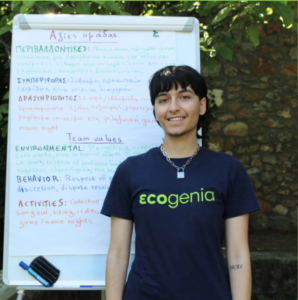
Adam Kokkinakis
Ecogenia's Cohort Member - Olympus 2024
Sharing citizen science experiences with experts from across Europe.
By Adam Kokkinakis, Cohort member in Ecogenia’s Olympus 2024 civic service project and Master’s student in Ecosystems Analysis and Modelling at Georg-August-Universität Göttingen
From Mt. Olympus to Vilm Island: Exploring the potential of citizen science in Biosphere Reserves
Last year, I shared the story of a simple idea, how to use citizen science to increase biodiversity data of Mt. Olympus, which grew into a 3-month project that engaged volunteers, scientists, and the local community. Through the iNaturalist app, we recorded hundreds of observations, identified over 200 species, and created a foundation for future research in the area. This project not only deepened our understanding of the local natural ecosystem but also highlighted the power of collaboration in conservation and environmental efforts.
This initiative led me to a new experience: The Citizen Science in European UNESCO Biosphere Reserves workshop on the Isle of Vilm in the Biosphere Reserve area of Rügen, Germany. Organized by the Eberswalde University for Sustainable Development (HNEE) and the Federal Agency of Nature Conservation (BfN), this workshop brought together a diverse group of citizen science experts, Biosphere Reserve managers, youth representatives, and researchers from across Europe. It was an inspiring four days filled with knowledge-sharing, collaboration, and co-creation, and I am excited to share some highlights and reflections from this incredible experience. I had the privilege to be invited to this workshop, on the extraordinary, beautiful island of Vilm, where I had the chance to learn about local management and conservation practices of the area, explore the island with other experts and gain insights into different practices used across Europe which aim to the integration of citizen science into the educational and research efforts in Biosphere Reserves.
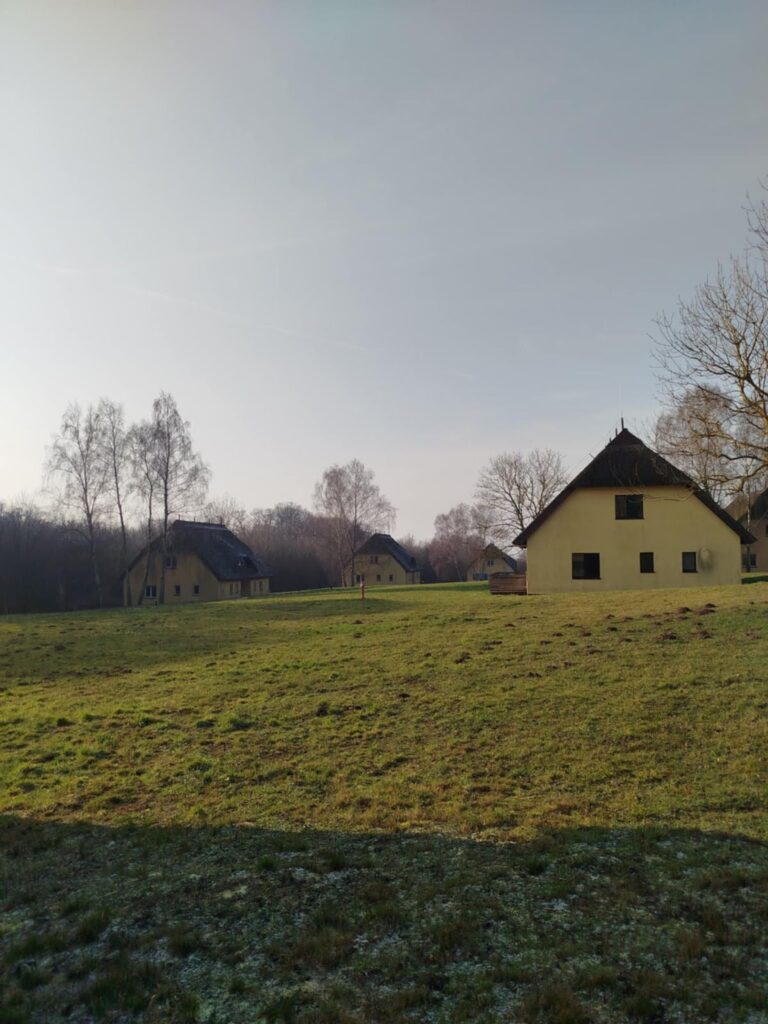
Key experiences and messages from the Workshop
We spent 4 days full of ideas, experiences, and perspectives. Participants shared their successes, challenges, and innovative approaches to citizen science. From project design and data collection to the educational impact of citizen science, the discussions set a field of international collaboration and exchange of practical knowledge in the field. One of the most inspiring aspects of the workshop was the emphasis on collaboration. Citizen science thrives when diverse stakeholders and scientists, local communities, educators, and policymakers come together. This aligns with my experience in Mt. Olympus, where the involvement of our cohort team, volunteers, students, and local experts was crucial to the project’s impact. Moreover, we discussed the challenges of integrating citizen science with formal research, such as ensuring data quality and addressing biases. Questions regarding the use, aims, and quality of citizen science tools arise as citizen science is becoming popular and is used additionally with conventional and widely accepted research methods.
The workshop reinforced my belief that citizen science is not just a tool for data collection but a powerful means of engaging people in nature protection, culture conservation in Biosphere Reserves. Although a lot of projects revolve around data collection, some outstanding presentations included projects with hands – on training in the field, data evaluation and projects focused on conservation of the history and culture in Biosphere Reserves, which serve as an example of areas where Sustainable Development goals (SDGs) are achieved.
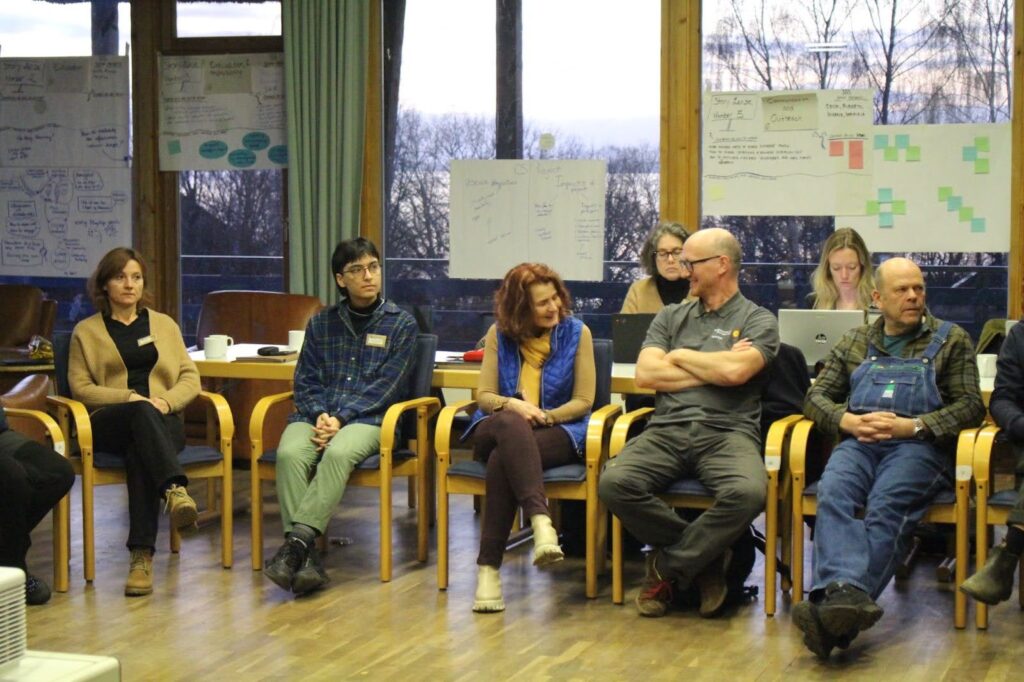
Looking ahead: Personal experience and the future of Citizen Science
By creating networks and sharing best practices, we can amplify the impact of individual projects and contribute to larger conservation goals. This is particularly relevant for Mt. Olympus, which is an impressively diverse mountain, hosting a high number of (steno-)endemic species and consisting of significantly different vegetation zones. It has the potential to become a model for citizen science projects in Biosphere Reserves. I was honored to present our Mt. Olympus citizen science project at the workshop. Sharing our journey was an empowering moment for me. As I continue my Master’s studies in Ecosystems Analysis and Modelling, the workshop has given me inspiration and new tools to explore. During my presentation I mentioned challenges of data analysis and modelling relevant to citizen science tools and projects. The intersection of biodiversity measurement methods, ecological data analysis, machine learning modelling for species identification and management models is fascinating. Citizen science plays a crucial role in bridging these areas and is an example of a powerful community engagement tool that can also be used as an interdisciplinary research tool.
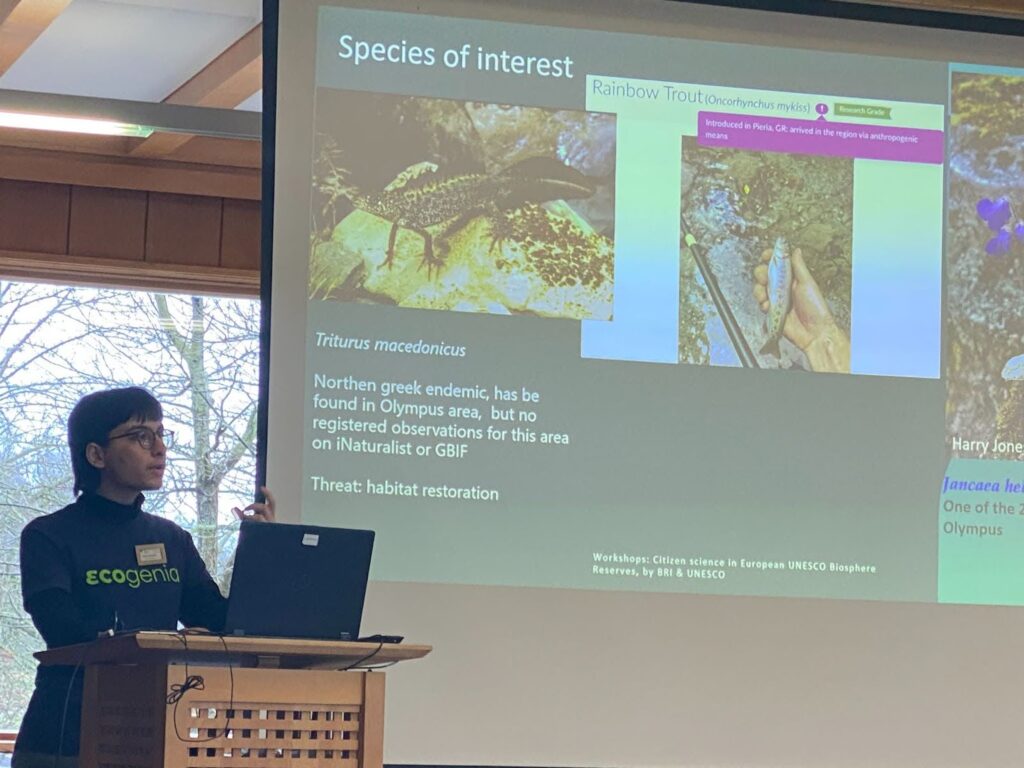
To anyone inspired by these stories, I encourage you to explore citizen science opportunities in your area, in Biosphere Reserves and other natural ecosystems. Whether it’s through apps like iNaturalist, local Bioblitzes, community led or academic projects, it’s worth it to get a close – to – nature experience while helping the scientific community !

